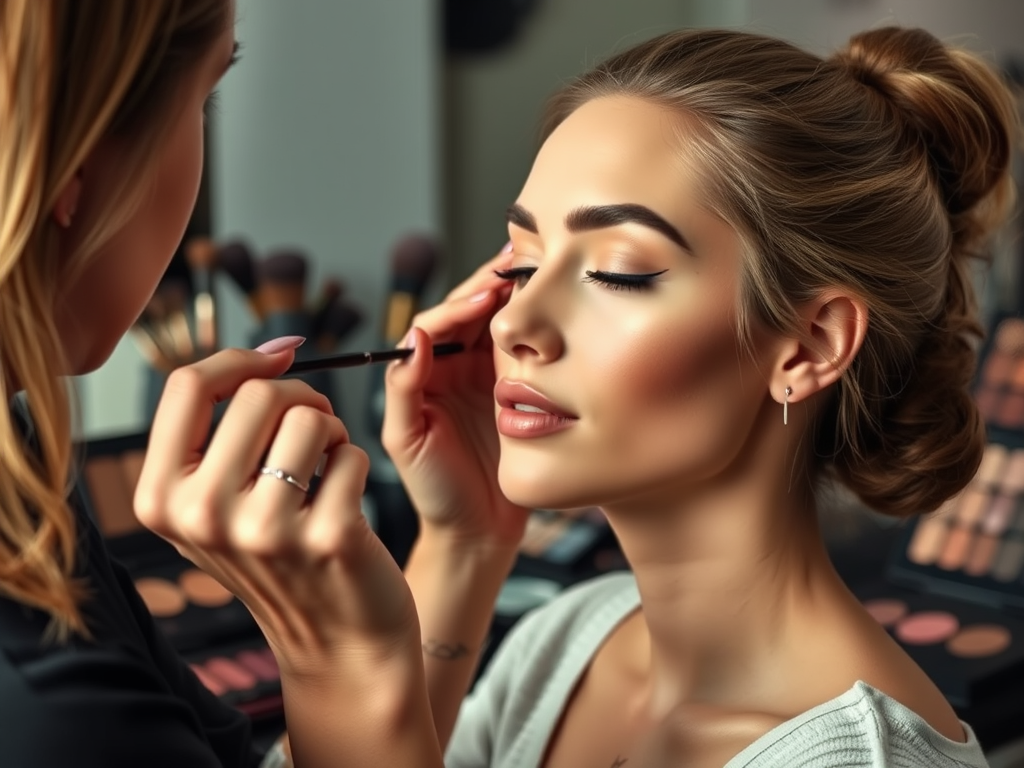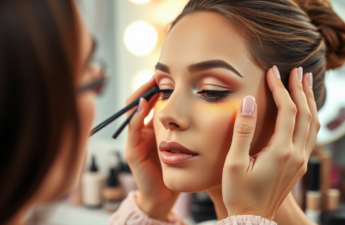Contouring can feel like an enigmatic art form, one that transforms the ordinary into extraordinary with just the right strokes of makeup. Those who have mastered it often share one common secret: the timing of application is just as important as the placement of the product itself. The strategy behind when you contour can either make or break your overall look. The best results stem not just from knowing where to contour, but when to do so within your makeup routine. This article will delve deep into the nuances of contouring, from the timing of application to the best spots on your face to achieve that stunning, sculpted effect. With a blend of expert tips, lists, and an easy-to-follow table, you’ll soon see how contouring can elevate your makeup game.
Understanding the Contouring Process

To begin, it’s crucial to grasp the fundamentals of contouring. This technique is all about using shading and highlighting to emphasize the natural structure of your face. If done correctly, contouring enhances your features while still looking effortlessly natural. Timing plays a significant role in this process, as the contouring steps must align with your entire makeup application. Different methods cater to varying aims, whether you want a soft glow or a dramatic definition. Thus, understanding these subtleties is vital for anyone aiming to master this skill.
Timing: Before or After Foundation?

There’s a long-standing debate in the makeup community about when the ideal time to apply contour is—before or after foundation? Each method has its own advantages, depending on the look you wish to achieve. Let’s explore the options available to you.
| Application Method | Pros | Cons |
|---|---|---|
| Before Foundation | – Creates a more blended effect – Enhances natural features effectively |
– May require more skill to avoid harsh lines |
| After Foundation | – Easier for beginners – Allows for greater control |
– Can look less natural if not blended well |
The choice between applying contour before or after foundation will largely depend on your personal preference and comfort level. If you’re confident in your blending skills, applying contour beforehand may lead to a more radiant and skin-like finish. Alternatively, applying contour after foundation allows you to work with a blank canvas, where your contours define areas that already appear more uniform. This can be especially helpful for beginners mastering the intricate techniques involved.
Placement: Where to Contour
Once you’ve decided when to apply contour, the next step is determining where on your face to place the product. Contouring focuses on specific areas to create the illusion of depth and structure.
- Cheekbones: Apply contour just below your cheekbone and blend upwards towards the temples.
- Forehead: Contour along the hairline if you wish to visually reduce its size.
- Jawline: To define your jawline, apply contour along its sides and blend downwards smoothly.
- Nose: For a slimmer appearance, gently apply contour on either side of your nose.
These placement areas are crucial and should be approached thoughtfully. Remember that contouring is about enhancing your natural beauty. To achieve a seamless look, always consider the shape of your face.
Tips for Effective Contouring
Even with a good understanding of when to apply and where to place contour, there’s still more to master. Here are some tips to perfect your contouring game:
- Choose the Right Product: Whether cream or powder, ensure that the formula matches your skin type.
- Use the Right Tools: Invest in quality brushes or sponges specifically for contouring.
- Blend, Blend, Blend: The secret to a flawless look is in the blending process, which should take time and care.
- Practice Makes Perfect: Don’t be discouraged by initial attempts; practice will refine your technique.
Incorporating these tips will take your contouring experience to a new level. Every application should feel like a creative exploration, allowing you to define your facial features while enhancing your natural beauty.
Conclusion
In summary, understanding when and where to apply contour can significantly improve your makeup results. Whether you lean towards applying your contour before or after foundation, remember that blending is essential for achieving a natural effect. Using the right products, tools, and techniques will help you define those contours effortlessly. By mastering these elements, you’ll be well on your way to contouring like a pro. Embrace the art, play with it, and enjoy the transformative effects it can bring to your makeup routine.
Frequently Asked Questions
- When is the right time to apply contour? Contouring can be applied either before or after foundation, depending on your preference and desired finish.
- What are the key areas to contour? Focus on the cheekbones, forehead, jawline, and nose for optimal shaping.
- Should I use cream or powder contour? It depends on your skin type and desired finish; creams provide a dewy look while powders offer more definition.
- How can I make my contour look natural? The secret lies in blending. Make sure to spend adequate time blending your products seamlessly into the skin.
- What tools work best for contouring? High-quality brushes and sponges designed specifically for contouring can make a significant difference in application.



